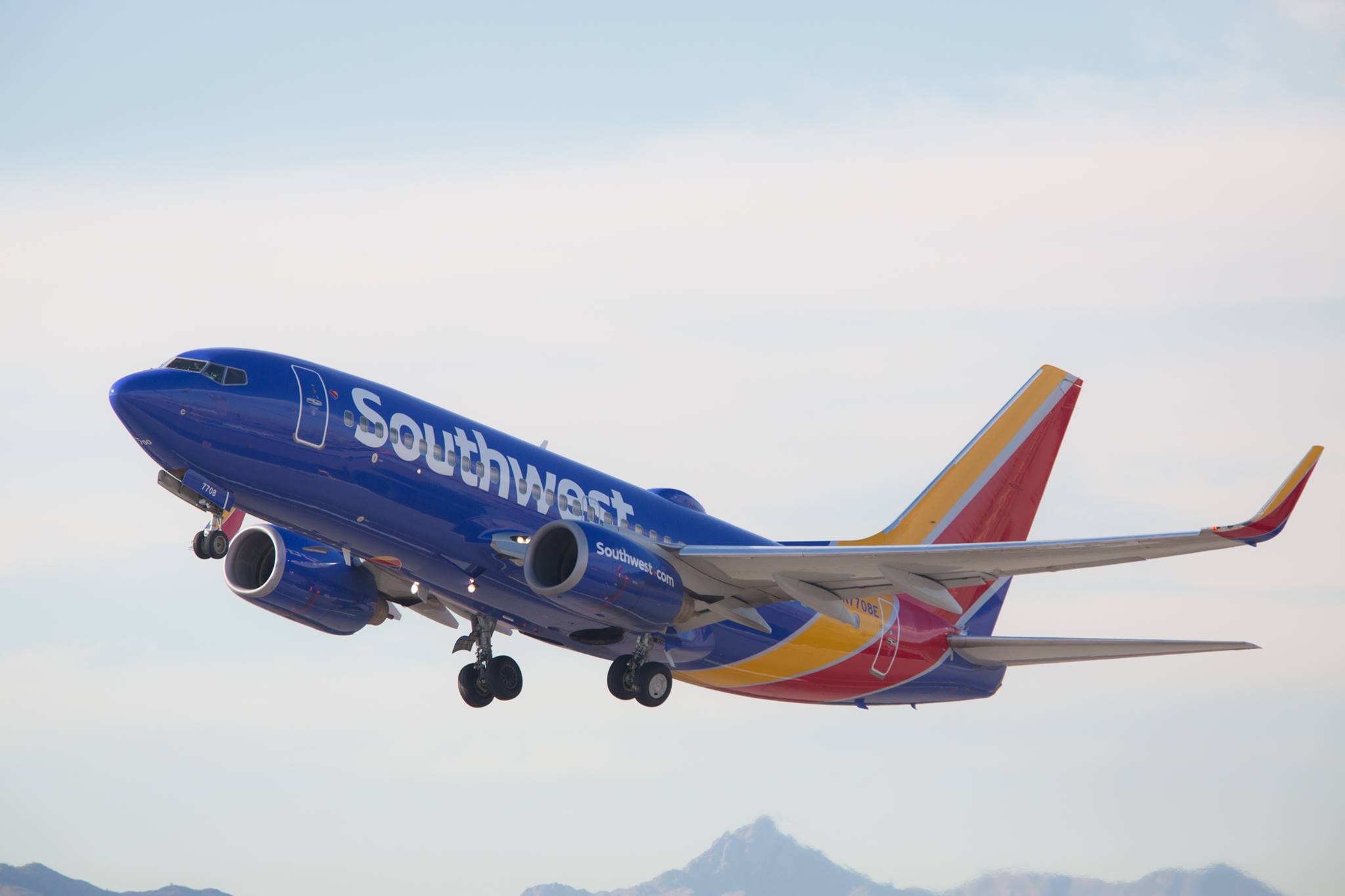The Dow Jones US Airlines Index grew 90% in 2013 and a total of 138% over the past five quarters. This has translated into astronomical growth for U.S. airline stocks, currently making the industry of the most profitable investments for stockholders. This growth has come primarily from recovering economies, strong financial metrics, steady jet fuel prices, and the rapid development of globalization.
However, can these investment returns continue and if so which companies will lead the industry and stand out as the best investments?
Forecasting future U.S. airline growth
The industry's recent growth is just the beginning of its potential. In 2014 the International Air Transport Association projects an overall profit of $18.7 billion, a 45% increase from 2013, and a 5.8% increase in the number of annual passengers. This positive outlook and strong past performance is allowing many airlines to service and restructure their fleets, a investment development that, according to Zacks, is expected to accumulate between $4 trillion and $5 trillion over the next 20 years.
This should come as excellent news for potential and current investors because it means that airlines are expected to take a substantial percentage of their profits and pump them back into more efficient and larger capacity air carriers. This should potentially help them take on a larger market share and generate increased earnings in the future.
Opportunities through consolidation and globalization
A briefing from the International Air Transport Association suggests that the merger and acquisitions of airlines have benefited passengers with better schedules, more seamless experiences, and lower fares. This in return has helped the companies by reviving lost profits and helping them broaden their reach for passengers because of the increased size of the airlines and diversification of their services.
In respects to globalization, airlines are taking on strategic international projects such as creating connections between Los Angeles and Melbourne, developing Seattle as a gateway to Asia, and producing more opportunities to the Caribbean. These international hubs should generate substantial potential profit gain for the airlines.
Living in an era where commerce and integration between countries is quickly expanding, the globalization efforts of airlines are potentially the most crucial. I personally can't help but entertain the idea that as long as globalization continues to thrive among developed countries and that emerging economies continue to progress at or near an attractive pace, the airline industry will be one of the most profitable long-term investments for stockholders. However, at what risks do these potential returns come?
Jet fuel price volatility and future geopolitical issues
Jet fuel prices are airline's largest expense and as reported by the International Air Transport Association are projected to account for a cost of over $213 billion for the industry in 2014. Since this cost can't be absorbed by the passengers because of the competitive nature of the industry, airlines could be forced to cut costs by decreasing capacity and cancelling more flights if crude oil prices were to spike. This could cut significantly into the size of potential profits.
Potential geopolitical issues can also immensely hurt profits. This type of risk is incredibly unpredictable and for the airline industry it could impede growth through increased jet fuel cost, closed off intentional access points, or both. The blow could be far more devastating if it were to hit profitable emerging economies where the expansion of the industry has its highest potential.
However, assuming that an influential geopolitical issue doesn't occurs, oil and jet fuel prices are expected to remain steady this year.
So where does one invest?
In 2013 Delta Air Lines, (NYSE: DAL) stock grew almost 130% and Zacks currently has a price target of $42.17, which would generate about 14% in future return. Also, according to Bloomberg, Delta has increased its dividend 50% after recently reintroducing it last year, which is great news for potential value investors. The company is currently making efforts to replace two-thirds of its less efficient regional aircraft over the next two years which would immensely improve its already dominant fleet by increasing domestic capacity. As for this year, Delta continues to grow, reporting in the first quarter that passenger traffic has grown 3.5% and capacity has increased 1.7%.
Southwest Airlines Co. (LUV +4.40%) has already grown over 30% this year, and as an airline that is transitioning into one of the majors, it provides investors with great opportunity for substantial future growth. It's currently taking opportunity in expanding in larger airports by buying flight rights at LaGuardia and Washington Reagan which were made available in result of a recent merger and acquisition deal as well as Dallas Love Field where nonstop service will not longer be limited in October.
Already growing over 50% this year American Airlines Group (AAL +0.73%) provides substantial value and growth to investors alike. This is primarily attributed to the merger that introduced the stock to the market in early December of 2013. It now makes it one of the largest airline stocks available with one of the best estimated long-term EPS growth rates of about 30%.
As for smaller US airlines, Spirit Airlines, (SAVE +0.00%) provides some of the most potential. It's stock has already grown over 200% since 2013 and with regards for long-term expectations, it plans to grow its fleet to twice its current size in the next three years. Spirit could make some investors very happy if it continues at its aggressive pace.







